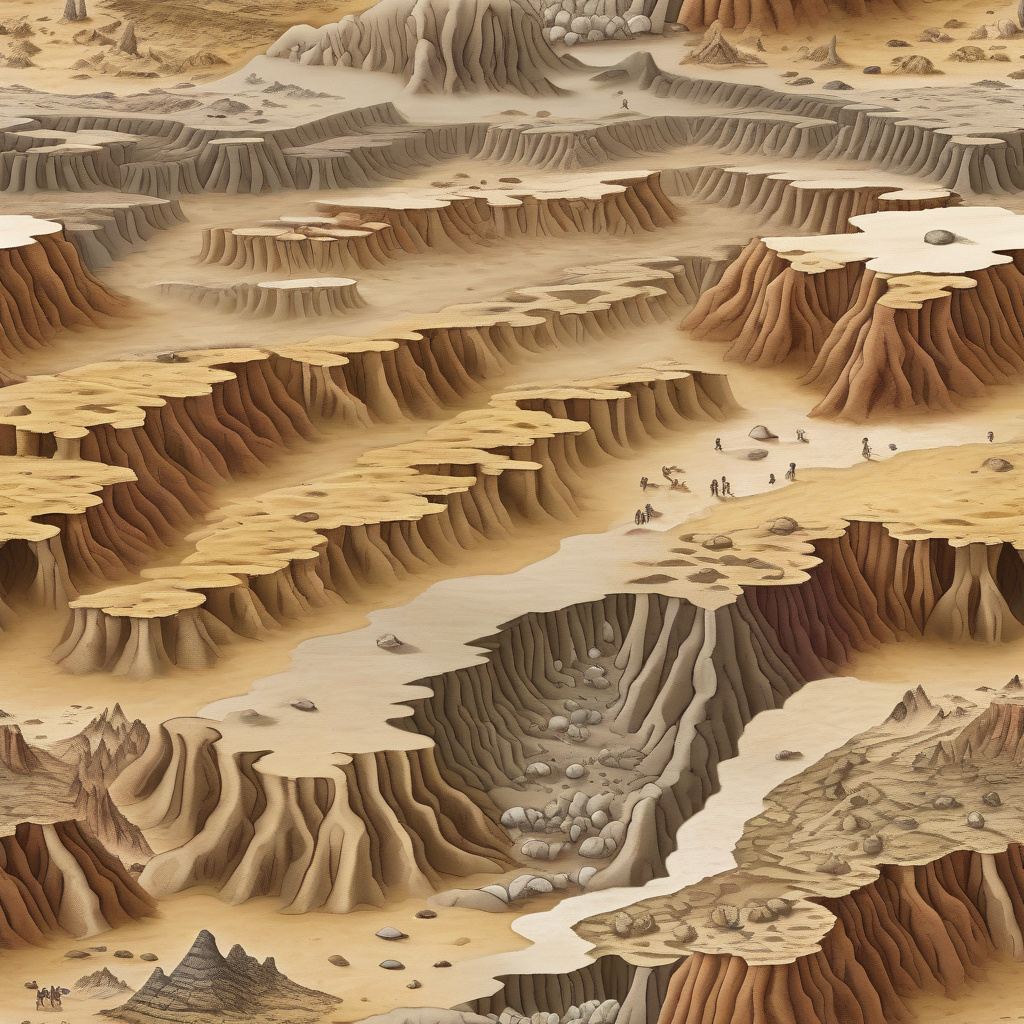400-mile Chain of ‘Fossilized Volcanoes’ Discovered Buried Deep Under South China
Geologists have found evidence of a 400-mile-long chain of extinct volcanoes hidden deep beneath the surface of South China. This remarkable discovery sheds light on the geological history of the region and provides valuable insights into the Earth’s ancient past.
The chain of ‘fossilized volcanoes’ was uncovered by a team of geologists who were conducting research in the South China Sea. Using advanced imaging techniques, including seismic surveys and magnetic data analysis, the researchers were able to map out the underground structure of the area with unprecedented detail.
What they found was truly astonishing: a series of interconnected volcanic structures stretching over 400 miles, resembling a chain of ancient volcanoes that had long been dormant. These ‘fossilized volcanoes’ are believed to have formed millions of years ago when the region was much more geologically active.
According to the researchers, the discovery of this extensive volcanic chain provides important clues about the tectonic history of South China. It suggests that the region was once a hotbed of volcanic activity, with multiple eruptions occurring over a vast period of time. This finding challenges previous assumptions about the geological makeup of South China and highlights the dynamic nature of the Earth’s crust.
Moreover, studying these ‘fossilized volcanoes’ could help scientists better understand the processes that shape our planet’s surface. By analyzing the chemical composition of the rocks and minerals found in these ancient volcanic structures, researchers can gain valuable insights into the conditions that existed during the time of their formation.
In addition to its scientific significance, the discovery of the 400-mile chain of ‘fossilized volcanoes’ also has important implications for the local environment. Understanding the geological history of the region can help predict the likelihood of future volcanic activity and assess potential risks to nearby communities.
Furthermore, the presence of these ancient volcanic structures could have economic benefits for South China. As seen in other parts of the world, such as Iceland and Hawaii, volcanic regions often attract tourists and geologists alike. The unique geological features of the area could potentially serve as a draw for visitors interested in the Earth’s natural history.
Overall, the uncovering of the 400-mile chain of ‘fossilized volcanoes’ buried deep under South China represents a significant milestone in the field of geology. This discovery not only expands our knowledge of the Earth’s past but also highlights the importance of continued exploration and research in understanding the complex processes that have shaped our planet over millions of years.
volcanoes, South China, geological history, fossilized, research.











